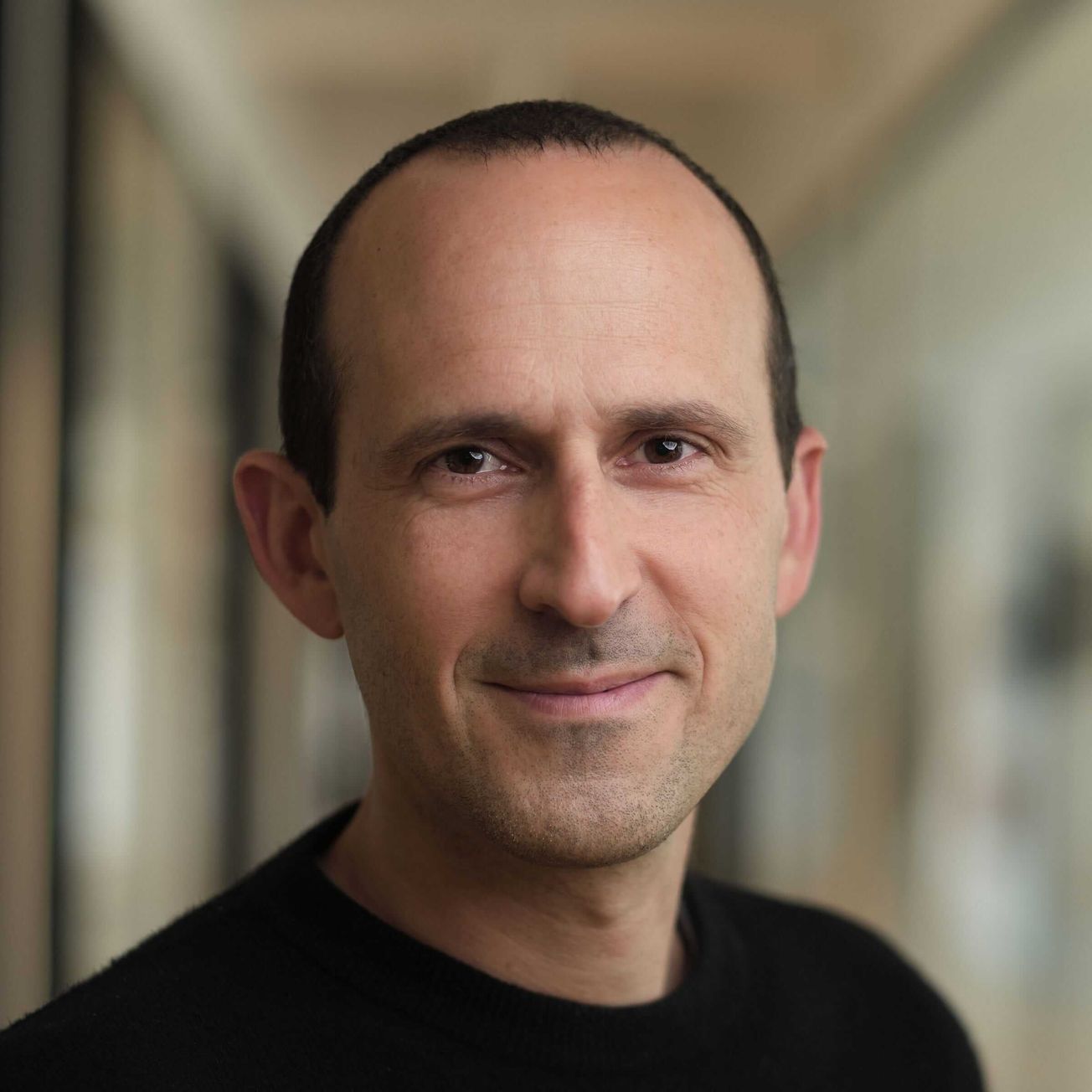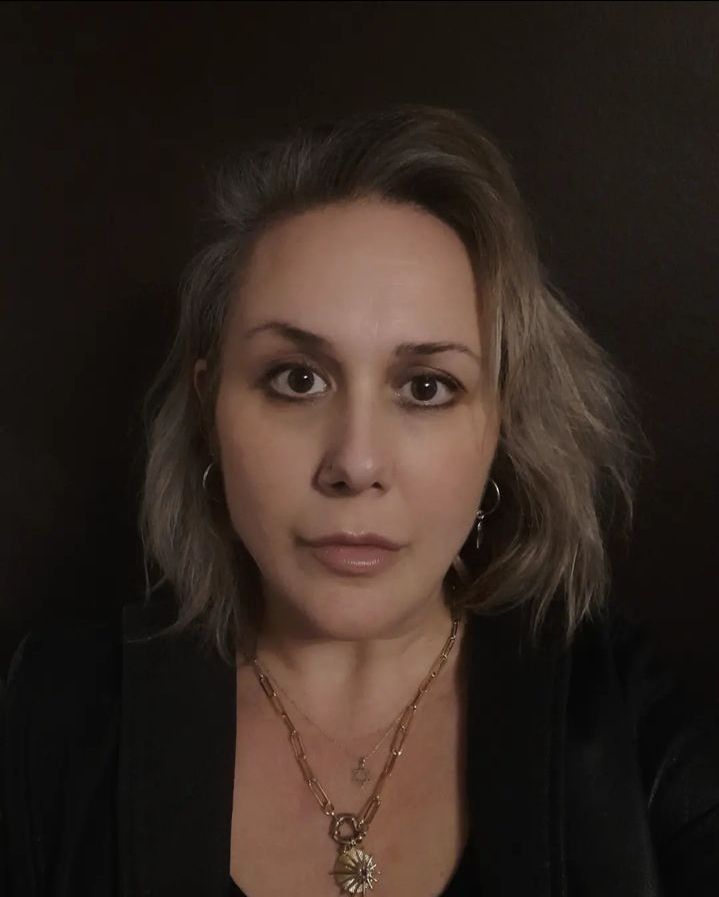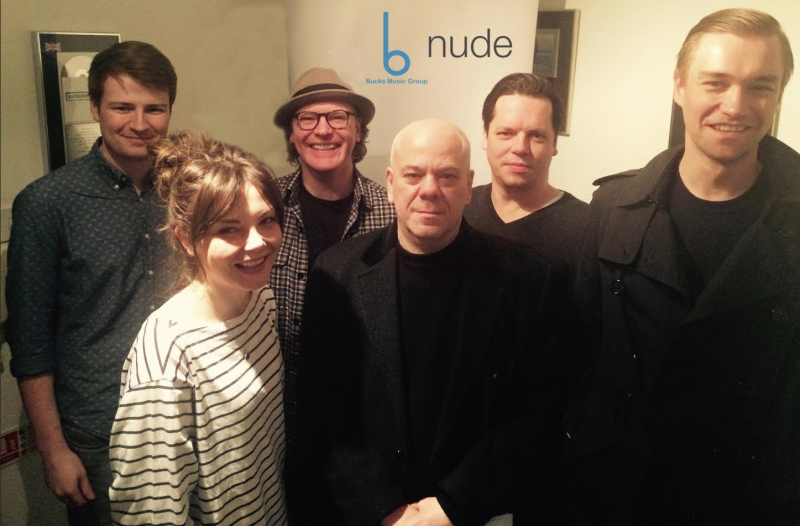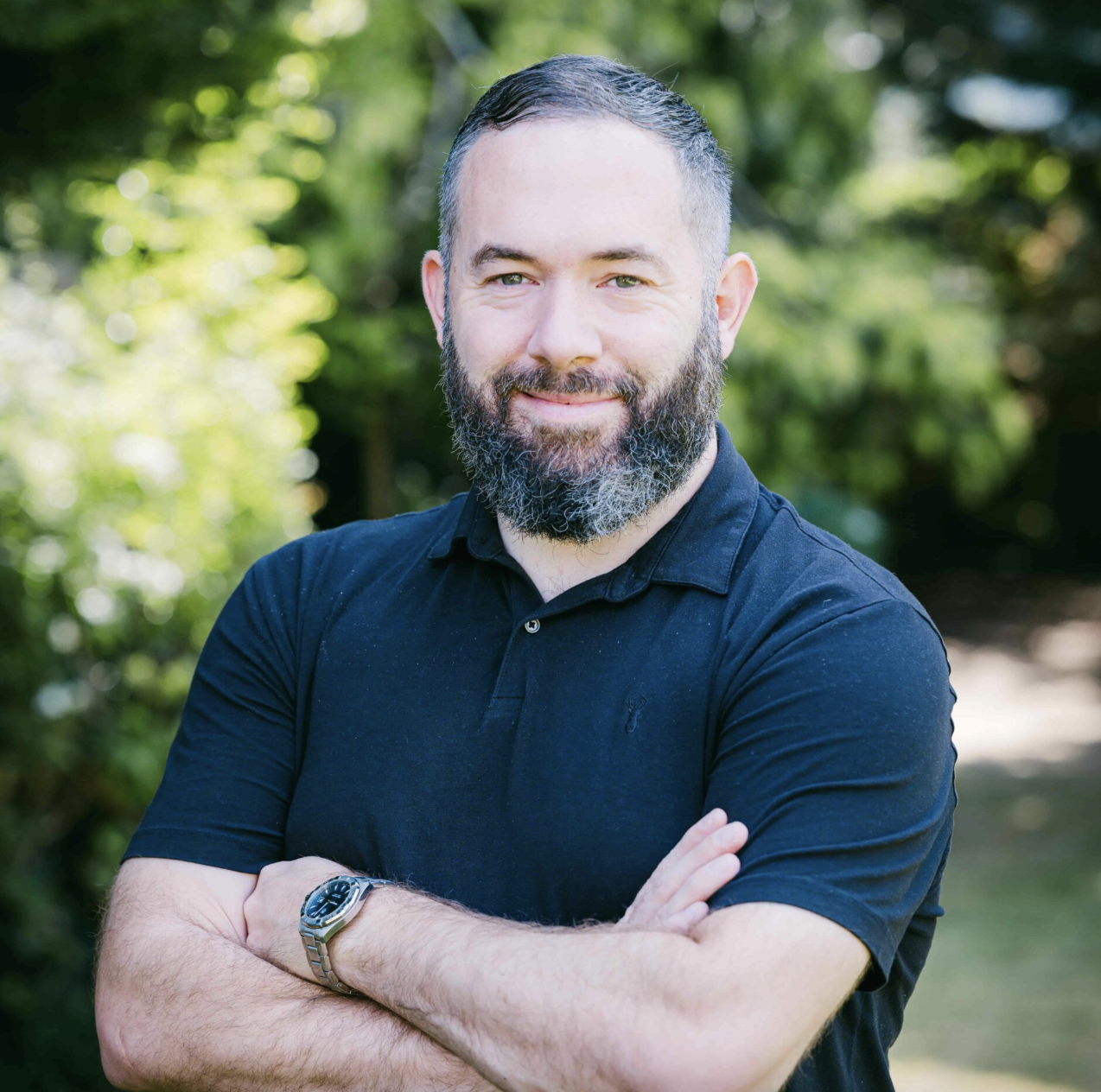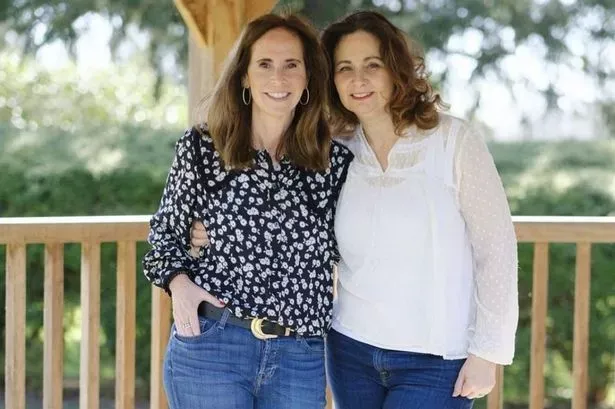Dr. Alun Evans, Co-Founder of LAOS Network and CEO of Freeverse, leverages over 20 years of experience in game and tech company leadership to innovate scalable blockchain infrastructure, with a notable history in developing products like 'Barcelona World Race - THE GAME' and leading companies such as Shar3d.io and Bodypal.com. We spoke to him about the rise of tokenization.
Tokenization is becoming increasingly mainstream. Why do you think this is happening, and what are the key benefits of tokenization?
Tokenization has become a really exciting space in the last few years, as consumers and businesses have recognized the value of the technology. Importantly, tokenization opens opportunities for new ways of interacting with physical and digital assets.
Tokenization adds liquidity to assets that have been historically illiquid, particularly those that are hard to fractionalize like real estate or individual property rights (i.e., music). When we tokenize these assets, we are enabling a much broader swathe of investors to buy into that asset. This process also opens up the possibility of greater international trading opportunities, further democratizing the investment process.
It also greatly increases the security for digital and ‘real’ assets, tokenization permits a permanent, indelible, and inalterable record of any transactions. For example, companies can secure invoices, educational institutions can validate certificates or qualifications, and game developers can tokenize in-game assets all to create authenticable assets.
What is LAOS Network and why should our tech native audience take an interest in its offering?
Tokenization on the mainstream ecosystems (e.g., Ethereum) has become much more expensive as adoption has climbed due to rising gas fees. This has led to a cooling of tokenization on these chains as the gas fees are only economical with high-value assets.
LAOS Network provides creators with the ability to mint millions of assets on any EVM chain without paying native gas fees. By lowering the cost of tokenizing, we drastically reduce the barrier to entry and the cost-benefit calculation for developers and consumers looking to engage with the technology.
If we’re serious about creating a long-term tokenization ecosystem, then this lowering of costs and reducing the load on EVMs is paramount. We’ve estimated that we could offload as much as 20% of all transactions on supported chains. A further benefit of choosing to structure LAOS as a Layer-1 is we ensure that the chain inherits the full security of the Polkadot ecosystem – overcoming a core challenge faced by many Layer-2s.
LAOS Network is gearing up to launch a token. What are your expectations for the launch, and how will the funds raised be used to further develop the LAOS Network platform?
At the core of the LAOS network is our LAOS token, the token allows for the execution of transactions on the network and is at the centre of the security of the chain. Earlier this year we secured classification in Switzerland, where the LAOS Foundation is based, from FINMA of the token as a utility token.
The classification of LAOS as a utility token is important for a number of reasons. Utility tokens, by definition, are designed to offer access to a digital product or service, facilitated by a blockchain. Unlike security tokens, which represent an investment into a project with the expectation of profit, utility tokens provide functionality within a specific ecosystem.
Since the classification, the token has gone through a successful pre-sale and we’re now gearing up for a Q4 listing on exchanges. The proceeds from these sales will be used to fund the development and promotion of the network.
The future of gaming and the metaverse seems to be intricately linked with blockchain technology. What are your thoughts on the evolution of this space, and how do you see LAOS Network playing a role in it?
The hype and speculation that surrounded earlier NFT launches have given way to tighter integration of tokenized assets into existing products, a sign of the long-term value of tokenization. Modern games, metaverses, and virtual worlds now almost all feature some form of digital ownership.
While the companies that create these applications have done well in managing ownership thus far, the trading of these assets for fiat currency hasn’t been possible due to the majority of the businesses not holding banking licenses. The utilization of blockchain technology allows these assets to be abstracted from this ecosystem, while also providing an elevated level of security and transparency.
The ability for developers to mint at scale through LAOS streamlines tokenization and all without requiring their users to switch to a different ecosystem. This creates whole new use cases based on tokenization at scale, moving away from scarcity and speculation. This approach creates a fairer situation for end-users as they can take full ownership of these items and better support developers and rights owners.
What are some of LAOS Network's key milestones to look forward to in the coming months?
In the third quarter, the Mainnet will be going live into production. This is a major step in the implementation of the network and forms part of our push towards a fully decentralized ecosystem, governed by our token holders.
Looking toward the end of the year, we’ll have the LAOS token listed on exchanges, allowing us to reach an even broader audience. The staged roll-out of the token affords us time to make sure we’re responding to our token holders’ feedback and importantly ensure a smooth launch of the chain.
Beyond the end of the year, we’re engaging with our community on how to best extend our minting options. At the forefront of this effort is the potential to support mining on true non-fungible tokens on Bitcoin. Bitcoin has retained its place as the crypto world’s gold, and the option to expand what Bitcoin can be used for has the potential to be game-changing both for the asset’s value and how we all interact with it.

